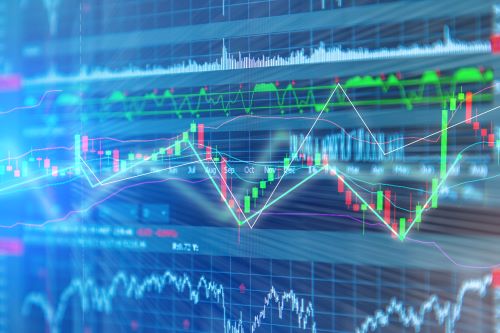5.3.3 Gearing ratio
The European version of leverage is called gearing. Like the debt and leverage ratios, the gearing ratio is given as a percentage. This ratio measures the relationship between the amount of finance provided by lenders and that provided by shareholders. Various definitions can be used to calculate gearing. In this module, gearing will be defined as:
Below is the calculation of the gearing ratio for Remote Sensors Plc
| 2025 | 2024 | 2023 | |
|---|---|---|---|
| £ | £ | £ | |
| Non-current debt – borrowings | 5,600 | 2,990 | 2,580 |
| Current debt – borrowings | 1,000 | 1,745 | 1,900 |
| Total debt | 6,600 | 4,735 | 4,480 |
| Equity | 41,980 | 40,155 | 37,790 |
| Debt + equity | 48,580 | 44,890 | 42,270 |
| Gearing ratio | 13.59% | 10.55% | 10.60% |
You may observe that there was an increase in the gearing ratio for Remote Sensors Plc from 2024 to 2025. However, the ratio is still very low and signifies that Remote Sensors Plc is under-geared and might make use of cheaper debt financing compared to equity financing to raise more capital in the future.
It is pertinent to note, however, that the higher the gearing ratio the greater the risk that a company will not have enough equity to pay off all outstanding long-term debts. Established businesses with a proven ability to grow profits and generate positive cash flow to service debts are able to have higher gearing ratios. This can benefit the shareholders as long-term debt is normally cheap for such companies and it also reduces the amount that shareholders have to invest in the business. While each company would have its own sensible level of gearing, it is normally assumed that a company is highly geared if it has a gearing ratio above 50%. Lenders are understandably very wary about any company which is highly geared.
When a business’s solvency ratios increase significantly, risk increases for all lenders because more of them compete for whatever assets can be sold if the company runs into financial trouble. In the case of insolvency, for instance, providers of secured loans and employees are given priority over any unsecured lenders.
Activity 12 provides you with an opportunity to practise calculating gearing.
Activity 12 Calculating gearing
Read the data on debt and shareholders’ equity for Marks & Spencer Group Plc from 2018 to 2022 (obtained from Fame) and answer the questions below.
- a.Calculate gearing for the years 2018 to 2022.
| 2022 | 2021 | 2020 | 2019 | 2018 | |
|---|---|---|---|---|---|
| £m | £m | £m | £m | £m | |
| Non-current debt | 3,561.0 | 3,659.9 | 3,865.9 | 1,279.5 | 1,670.6 |
| Current debt | 247.2 | 432.8 | 316.6 | 513.1 | 125.6 |
| Equity | 2,917.9 | 2,285.8 | 3,708.5 | 2,680.9 | 2,954.2 |
| Debt + equity | |||||
| Gearing |
Comment
| 2022 | 2021 | 2020 | 2019 | 2018 | |
|---|---|---|---|---|---|
| £m | £m | £m | £m | £m | |
| Non-current debt | 3,561.0 | 3,659.9 | 3,865.9 | 1,279.5 | 1,670.6 |
| Current debt | 247.2 | 432.8 | 316.6 | 513.1 | 125.6 |
| Total debt | 3,808.2 | 4,092.7 | 4,182.5 | 1,792.6 | 1,796.2 |
| Equity | 2,917.9 | 2,285.8 | 3,708.5 | 2,680.9 | 2,956.7 |
| Debt + equity | 6,726.1 | 6,378.5 | 7,891.0 | 4,473.5 | 4,750.4 |
| Gearing | 56.62% | 64.16% | 53.00% | 40.07% | 37.81% |
- b.How do you interpret the changes in the gearing ratios of Marks & Spencer Group Plc?
Discussion
It can be noticed that gearing for M&S was relatively low in 2018; however, it kept increasing over the years and reached 64.16% in 2021. It was 56.62% in 2022, which is also considered a high level of gearing. However, as discussed earlier, established businesses with a proven ability to grow profits and generate positive cash flow to service debts are able to have higher gearing ratios. This can benefit the shareholders as long-term debt is normally cheap for such companies and it also reduces the amount that shareholders have to invest in the business.
